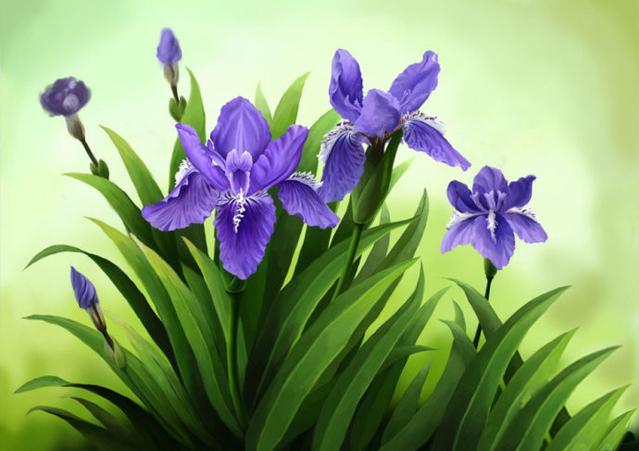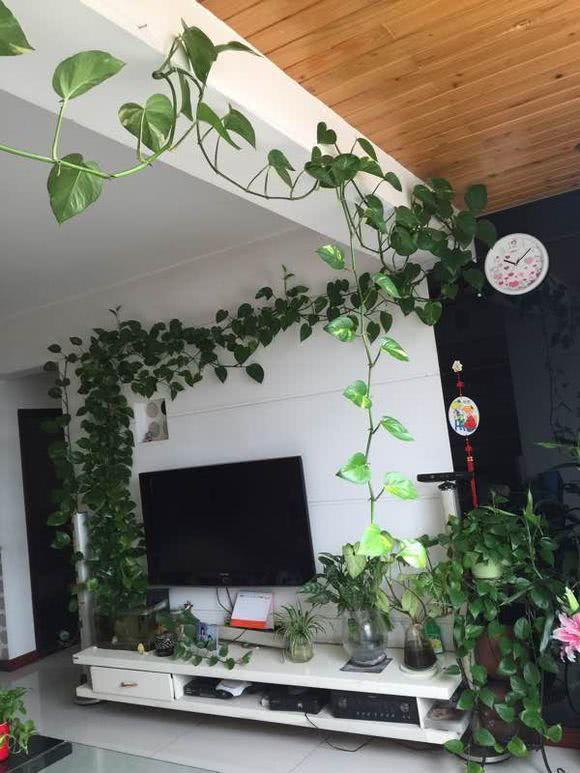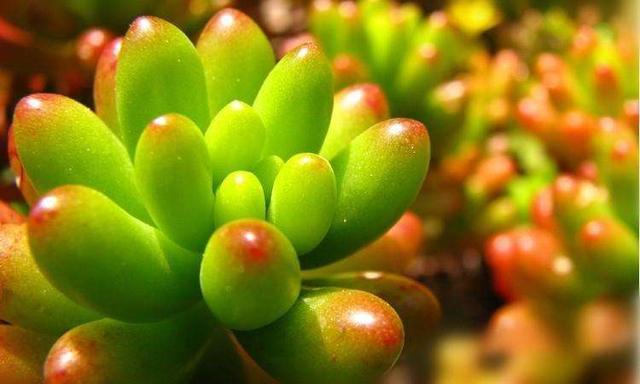There are also techniques for growing irises. There are a variety of ways to choose.

Iris is also called Alice, which sounds very western and has the elegant demeanor of an European woman. Iris is a herbaceous flower growing for many years, its flowers are not small, its color is very unique, it is rare to see flowers blue-purple, leaves are long lanceolate, perennial green is very beautiful. Today we are going to join you to get to know it.
I. Variety classification
The variety of iris is not single, but not many, so it is easy to identify; its variety will directly affect its growth habits, so the maintenance of iris must first understand the species, in order to better conservation management. Iris is generally divided into three varieties, and its growth habits will directly affect the areas where they grow and where they can be used.
1. Aquatic. Aquatic nature is more like water, this variety of iris generally grow on the edge of the water, is a good pond decorative flowers, can be used in pond flowers, cut flowers and other fields, this kind of wet iris is a common swallow flower, calamus and so on.
two。 Middle school student. Neutral irises can grow in moist soil and dry land, and the requirements for the environment are more neutral. Iris of this variety is butterfly, German iris, iris and so on. It can be planted in flower beds, gardens and quilts.
3. A dry student. Dry irises include calamus, Iris, etc., most of which are planted in the ground to embellish the edge, with low water demand and strong drought tolerance.
II. Maintenance and management
1. Disease prevention. Iris is often infected with soft rot during its growth. As long as the soft rot is found, it must be dealt with in time, which will easily lead to plant death. First of all, the flower seedlings should be uprooted by the roots, carefully examined the rotten parts, removed with a sterilized knife, and then replaced with new soil and replanted.
two。 Get rid of pests. The insect pest of iris is not a red spider or a shell worm, but a beetle. The physical insecticidal method has no effect on the beetle, so it can only be sprayed and cured from the larvae. Agents can be sprayed all over the plant in April every year to prevent the growth of beetles. In order to reduce the growth of beetles, it is necessary to clean up the dead branches and leaves in winter.
3. The method of reproduction. There are many propagation methods of Iris, which can be divided into plants, cutting, sowing and so on. Two methods of ramet and cuttage can be used in spring. If it is winter, more ramets are used. Sowing can be sown immediately after receiving the seed after flowering, and there is no need to save it.
4. Matrix. Iris does not like to grow in acidic soil, because acidic soil will cause it to grow poorly, so be sure to mix the pH of the substrate when planting, so as not to affect the growth of flowers. Alkaline soil mixed with lime is excellent for irises, and adding a little bone meal and bean cake as base fertilizer can help the plant grow better. But when planting, you must be careful not to bury it too deep.
Iris can be used in many fields, such as garden planting, garden layout, poolside viewing, cut flower embellishment and so on. Although it is common, not many people know it. Today, do you have a new understanding of it?
- Prev

This green plant can make a plant wall, climb the ceiling and grow unexpectedly fast.
Today, Huahua is going to talk about green pineapple, which is easy to raise and easy to live. it is the first choice among indoor plants. It can grow incessantly, climb the ceiling, make plant walls, and grow faster than you can imagine. Some florists want to ask.
- Next

Succulent rainbow jade is easy to maintain, do you know the main points? The flesh is full and skillful.
Rainbow jade is a kind of succulent plant, usually everyone is relatively common, it is generally called grape palm. It is easy to feed a kind of succulent, it prefers a warm environment. Drought resistance is relatively strong, adaptability is also good.
Related
- Wuhan Hospital Iron Tree Blooming Result Was Instantly Frightened by the Gardener Master
- Which variety of camellia is the most fragrant and best? Which one do you like best?
- What is the small blue coat, the breeding methods and matters needing attention of the succulent plant
- Dormancy time and maintenance management of succulent plants during dormancy
- Minas succulent how to raise, Minas succulent plant pictures
- What are the varieties of winter succulent plants
- How to raise succulent plants in twelve rolls? let's take a look at some experience of breeding twelve rolls.
- Attention should be paid to water control for succulent plants during dormant period (winter and summer)
- Watering experience of twelve rolls of succulent plants
- Techniques for fertilizing succulent plants. An article will let you know how to fertilize succulent plants.

